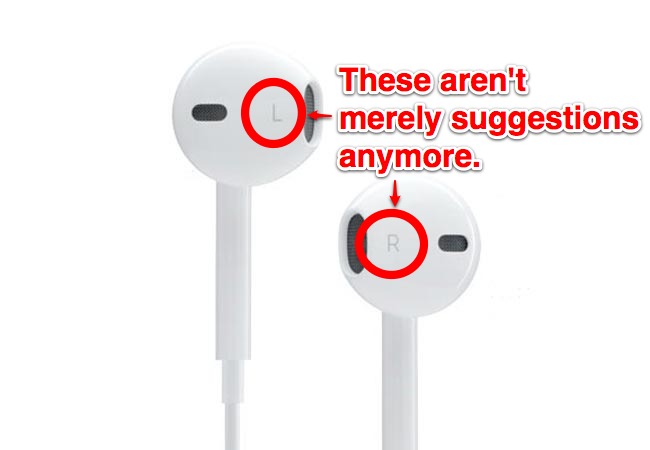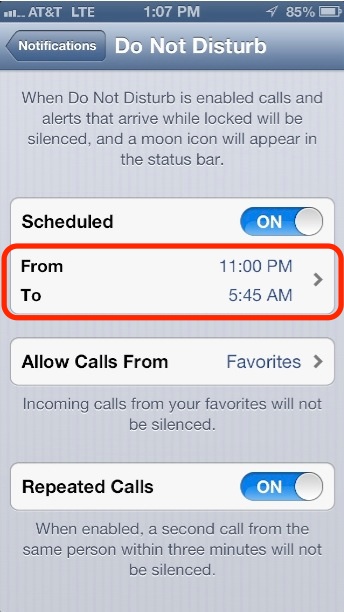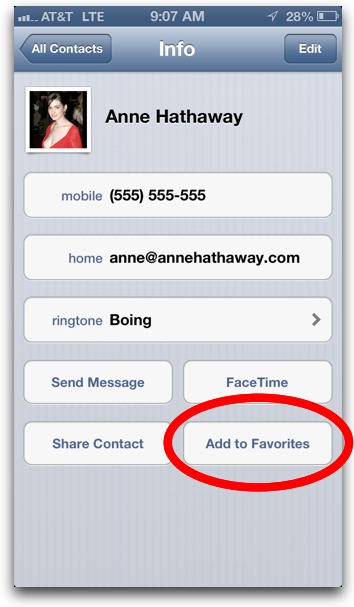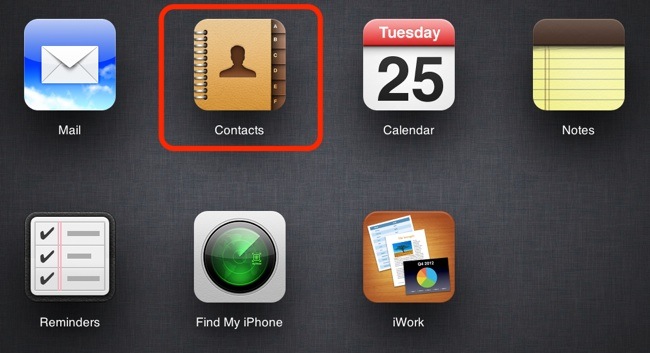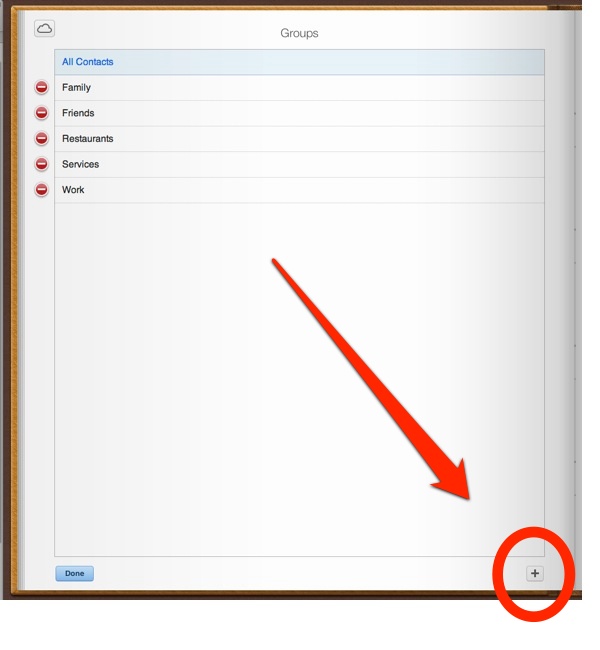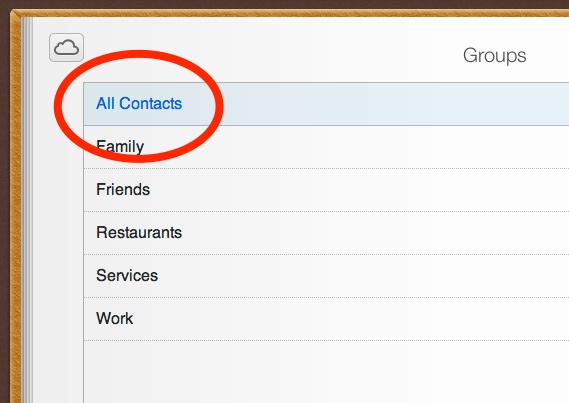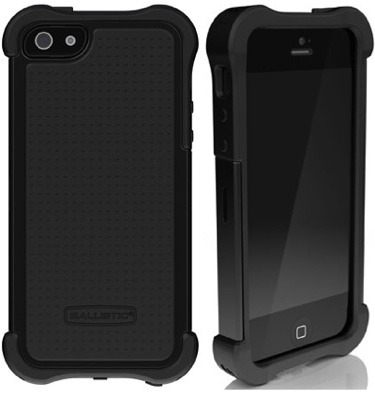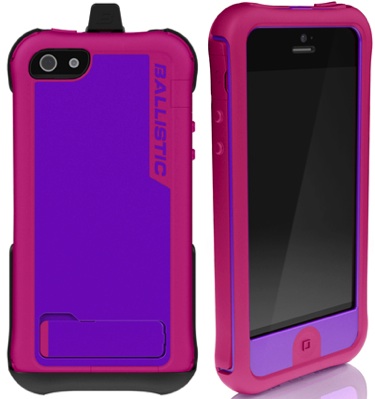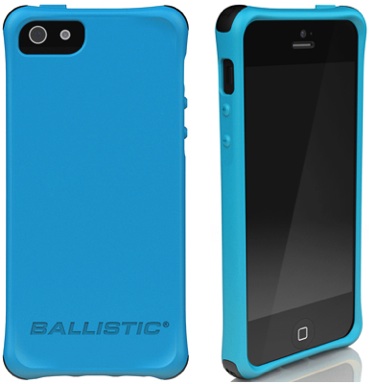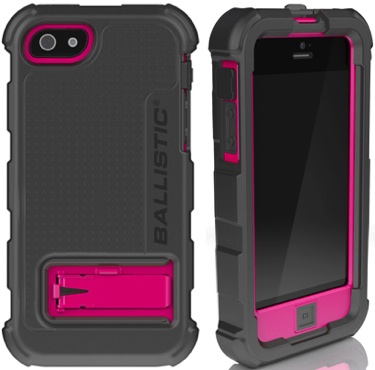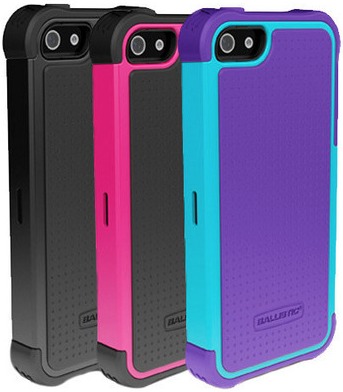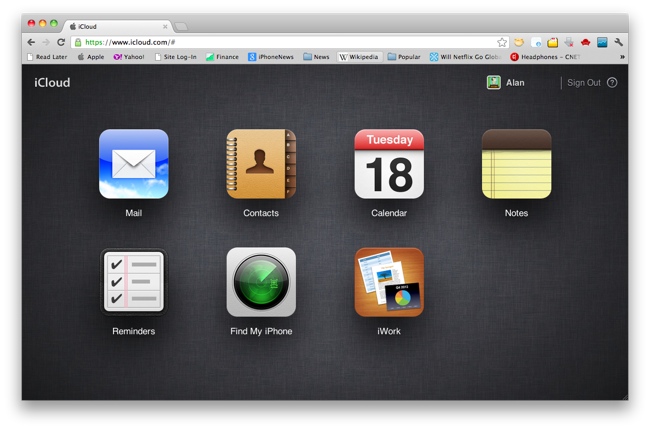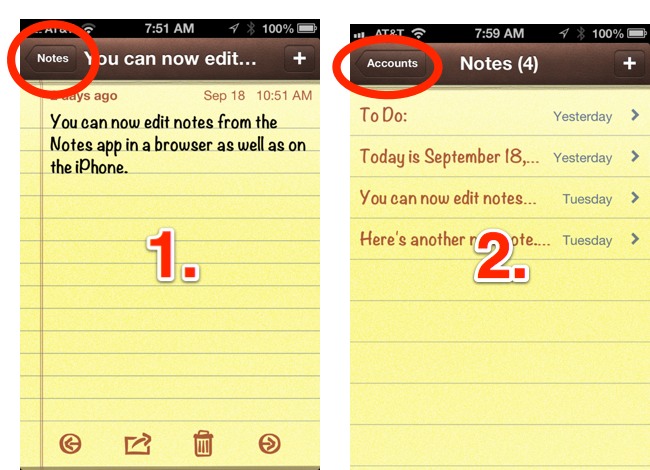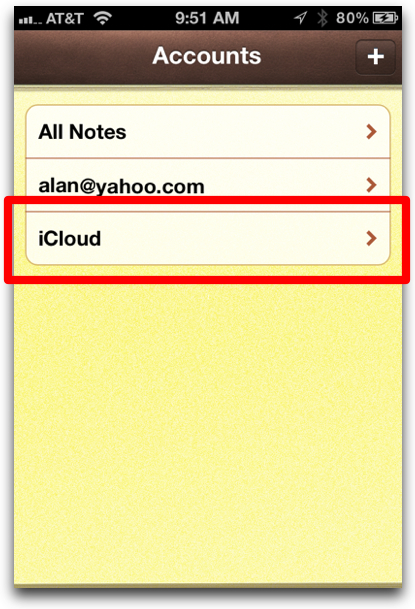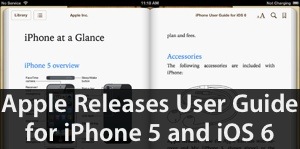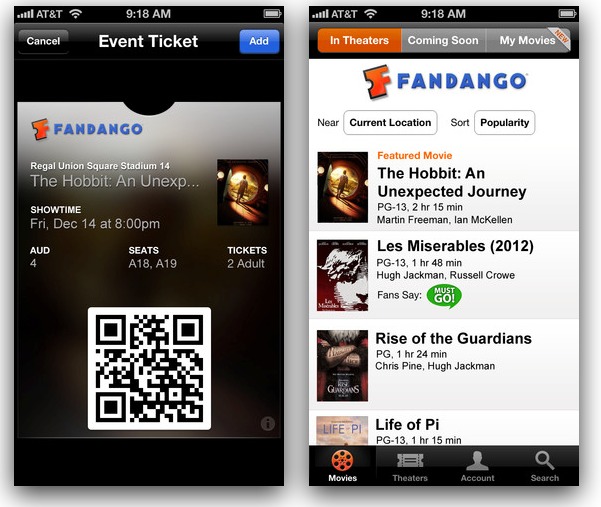
The Fandango iPhone app (free) has been updated for iOS 6 and the iPhone 5 to support the new Passbook feature. Passbook will allow movie theaters to scan a barcode displayed on your iPhone’s screen to confirm your ticket purchase.
It sounds useful in theory, but unfortunately, the Passbook implementation in the Fandango app is currently hard to find and without much instruction.
Few theaters support Passbook, and it’s a lot of work to find the theaters in the Fandango app that do. In the app’s description, Fandango says to “look for the ‘Mobile Ticket’ icon on the theater page.” Well, I had to tap through 20 theaters in Chicago one by one until I found the mobile ticket icon (which really means Passbook support. Why don’t they just say “Passbook tickets”? Presumably because they want these mobile tickets to be used on other phones as well). The “mobile ticket icon” looks like this:
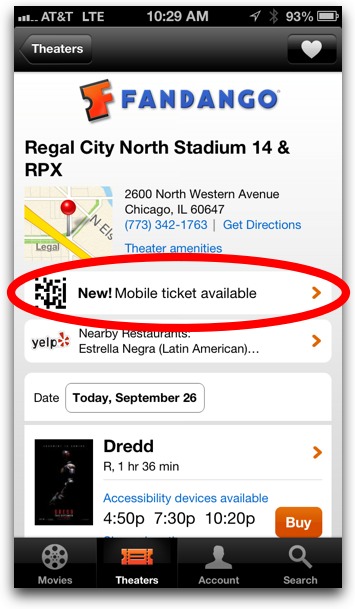
There is no way to list just the theaters that support Passbook. You have to tap in and out of each theater to find one that does. Most users will likely think, as I did, that Passbook “just works,” meaning if you buy a movie ticket via Fandango, you can use it in Passbook. Not so.
I hope Passbook support will grow quickly, but at least for Fandango, it’s not very widespread so far, and it’s not very intuitive to use.

